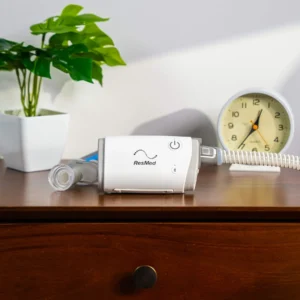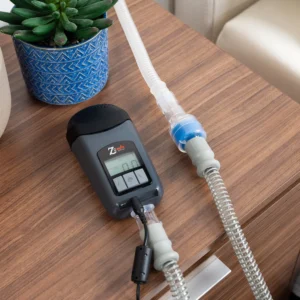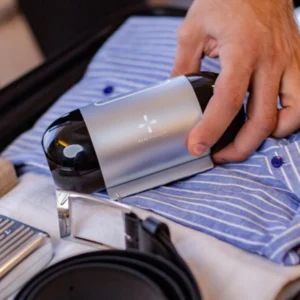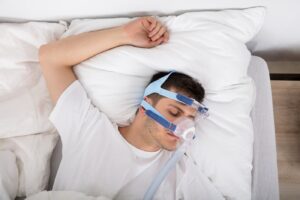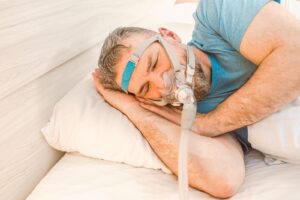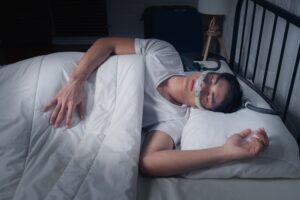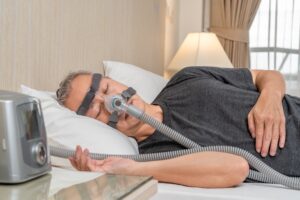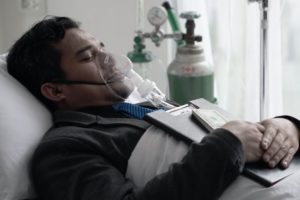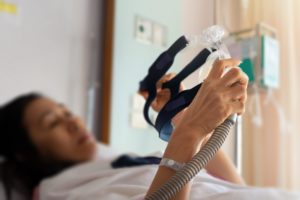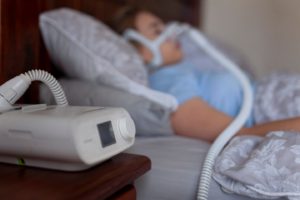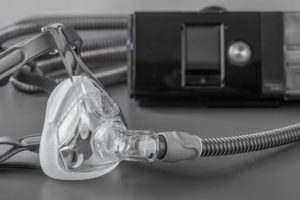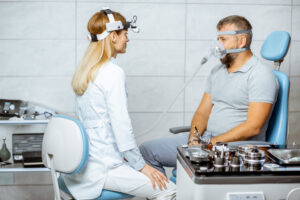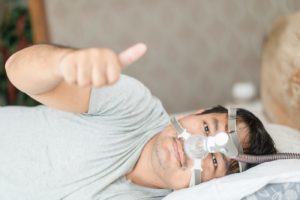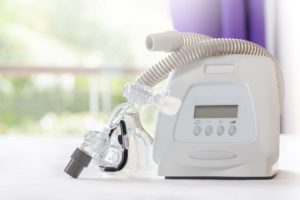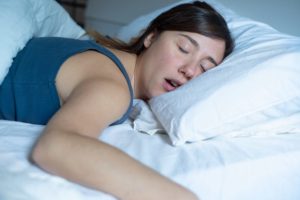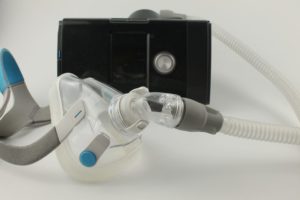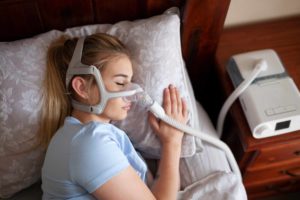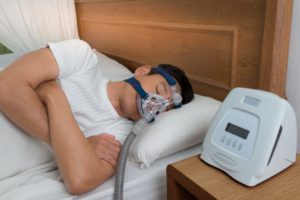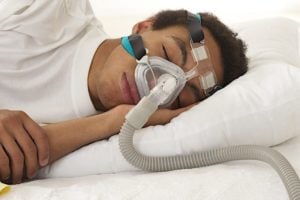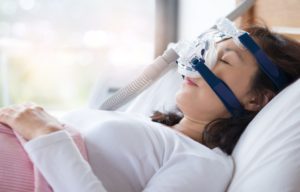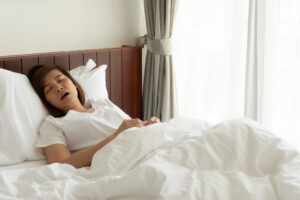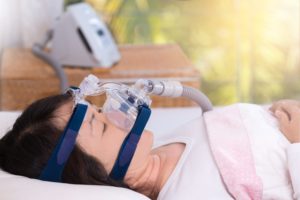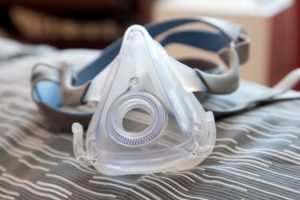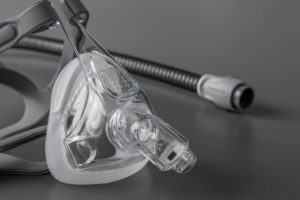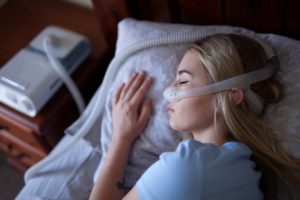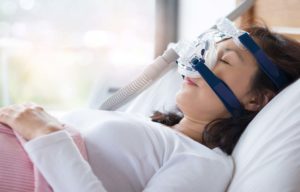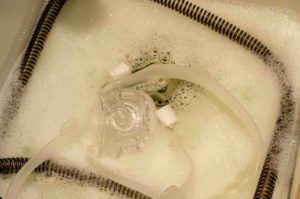Does a CPAP Machine Count as a Carry-On?
What to Know Before Traveling
Table of Contents
If you use continuous positive airway pressure (CPAP) therapy to treat obstructive sleep apnea, you’ve probably noticed a marked drop in sleep quality on nights when you’re unable to use the machine. To get the most out of your next holiday or work trip, you may be wondering if it’s possible to bring your CPAP device with you. Since CPAP machines are considered medical assistive devices, you have the right to fly with your CPAP equipment and use it on the plane if you need. That being said, there are certain considerations to take into account.
We’ll discuss everything you need to know when flying with your CPAP device, including tips for a smooth check-in process and advice on how to pack your equipment so it doesn’t count as a carry-on.
Can You Carry a CPAP Machine on a Plane?
The Department of Transportation (DOT) protects your right to fly with a CPAP device and use it onboard, provided the device clearly states that it is approved for in-flight use by the Federal Aviation Administration (FAA). As long as your CPAP equipment is packed in a separate bag by itself, it doesn’t count as one of your carry-on or checked luggage pieces.
Agents may ask you to store your device in the cargo hold if it doesn’t fit on the plane. However, you also have the right to use your CPAP therapy onboard. If you anticipate needing to use CPAP therapy to treat sleep apnea while on the plane, tell the flight attendants or gate agents before boarding.
Tips for Flying With a CPAP Machine
The key to an efficient trip with your CPAP machine is to prepare in advance. You may also want to arrive at the airport a little earlier on the day of your flight.
Research the Airline Policy
U.S. airlines are bound by the DOT rules to allow CPAP devices on planes, but they may have additional specifications regarding CPAP equipment use during a flight. Call the airline at least 48 hours before your flight to notify them if you plan on using your CPAP device onboard, and verify that your model is airplane-friendly.
| Airline | Overview |
|---|---|
| American | American Airlines reserves the right to place your CPAP device in checked luggage if there is insufficient space in the cabin. While some seats come with power outlets, American Airlines does not guarantee there will be power outlets on board to charge your CPAP device, so be sure to bring charged batteries if you want to use your device on the plane. |
| Delta | If you plan on using your CPAP device on the plane, Delta may ask to see a label confirming the model is safe for in-flight use. The company asks that you bring sufficient batteries to last 150% of your flight time and refrain from using outlets to power your device. |
| Frontier | Frontier asks to see an FAA approval sticker if you wish to use your CPAP onboard. Similar to other airlines, the company requests that you carry enough safely packed battery power to last 150% of the scheduled flight time instead of using the plane’s electrical plugs. |
| Jet Blue | Jet Blue asks that passengers follow federal safety norms when it comes to packing and using a CPAP machine onboard. The airline prohibits the use of in-seat power for CPAP or other respiratory devices. |
| Southwest | Southwest reserves the right to verify the contents of your CPAP travel bag. If the airplane is full and carry-on space is tight, the airline may grant priority to your CPAP machine over carry-ons. On-board USB ports on Southwest planes are not meant for CPAP devices, so pack enough batteries to last 150% of the flight time. |
| Spirit | Spirit recommends bringing enough batteries to last you 150% of your total trip time, as the company prohibits using the airplane outlets for CPAP therapy. You’re encouraged to pack your lithium batteries with tape over the terminals, in a separate bag, or in their original packaging. |
| United | United asks to see an FAA label and requests that you provide 48 hours’ notice if you plan to use CPAP therapy onboard. While seat plugs can be used to power your CPAP when available, the airline recommends bringing enough battery power to last at least three hours more than your expected travel time. |
Pack Your CPAP Machine
It’s a good idea to pack your CPAP device and accessories in a dedicated bag with a luggage tag. If you pack your CPAP in a bag with other items, airlines no longer have to allow you to bring it on a flight without categorizing it as a carry-on. If you travel frequently, consider investing in a travel CPAP machine that’s optimized for use away from home.
Depending on your destination and the length of your trip, you may also want to pack additional accessories, such as:
- Extra CPAP batteries that are fully charged
- CPAP wipes for on-the-go cleaning
- Replacement CPAP supplies including mask cushions, air filters, tubing, and headgear
- A waterless humidifier
- An extension cord or DC power converter
- A travel power adapter, if flying overseas
We also recommend bringing a clear plastic bag to protect your CPAP device when you go through screening, as you’ll be asked to take it out of its case for the x-ray machine. CPAP accessories can remain in the travel bag. You must allow the security officer to take the device out of the bag and inspect it manually if asked.
Lithium or lithium ion batteries for your CPAP machine cannot travel in checked luggage as they pose a fire risk, so you’ll need to bring them on the plane with you.
Bring Your Documentation
To make screening easier, you can bring documents such as your CPAP prescription paperwork, a Transportation Security Association (TSA) Disabilities and Medical Conditions Notification Card, a medical device ID tag, a letter from the CPAP manufacturer, or the FAA approval sticker to present to the security officer.
While not a requirement, it may also be convenient to have your CPAP prescription with you in case you need to buy any CPAP supplies at your destination.
Many TSA agents are familiar with CPAP machines. However, if it makes you feel more comfortable, you can also request to talk to a Passenger Support Specialist with training in medical devices.
Using Your CPAP Machine on a Plane
Most CPAP machines are calibrated to work in a pressurized airplane cabin. For convenient access and to keep it protected, store your CPAP bag under the seat in front of you rather than in the overhead baggage bin. Empty and turn off your humidifier to save battery and avoid potential spills during turbulence. Before takeoff, put your CPAP device in airplane mode, if that’s an option.

